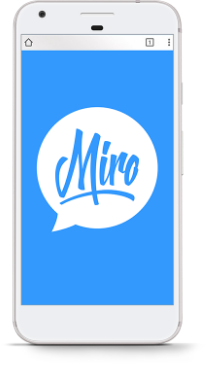“We need a new website! Let’s find a designer who can make it look a lot better, quickly.”
I can’t tell you how many times I’ve heard or seen the above, or a variation of it, from businesses looking to improve their website because it’s currently “not performing” as it should do.
And it’s fine, as a marketing agency, we get it. You’ve had a website for a number of years, it’s looking a little tired and you want something new and fresh that helps showcase all the good work that you’ve been doing.
But consider for a moment, which of the following scenarios would you prefer:
Scenario 1: An ugly looking website that generates hundreds of visits every day and converts really well.
Scenario 2: A slick, well-designed website but it rarely gets visits, and when it does people leave without taking any action.
I’m guessing at least 99% of people reading this would opt for scenario 1. And why wouldn’t you? Show me a business that doesn’t want to generate leads or make sales and I’ll show you a business that probably won’t exist in a few years time.
This may lead to some people questioning is it possible to have a website that looks good and converts well?
The answer is of course, yes.
So how is this done? It’s simple;
Conduct market research
You’ve probably been involved in your industry for a number of years and know who your target customers are, right? But do you know exactly what they want, how they think, and their main FUDs (fears, hesitations, and doubts)? When was the last time you spoke to someone who used your website and asked for their feedback on it? Or have you ever objectively used your website as a customer?
The main problem with in-house website analysis and customer research is that you already have a bias opinion about your brand and product/service. This means when you start conducting market research to help with web redesigns or optimisation programs, you’re unconsciously creating bias reports and conclusions.
Design and usability serve a huge function in site conversions and there needs to be a balance of the two. Your site may look fantastic but if it doesn’t serve a purpose for the end-user then you might as well not bother having a website in the first place. Design-first optimisation is a risky strategy.
And this is where your market research comes in.
It’s a big area of insight but by applying focus and looking at the right aspects, understanding exactly how people use your website, or by making them use your website in a certain way, you can create something that is both easy on the eye and a valuable asset for your business.
Now you may be reading this thinking it’s just another marketer saying designers and developers are useless. This couldn’t be further from the truth. Firstly, I know a lot of designers and developers who are incredibly talented but consider this; there’s a reason that housebuilders rely on architects’ plans before they start building.
At Miro, we know who we are and where our strengths lie. We are not the housebuilder, we are the architects. And we can carefully consider getting you the right plans in place when it comes to your website and marketing.
You can find out more about the market and conversion research projects and blueprints we can deliver to clients by visiting our information page.
Show me your market and conversion research solutions.

